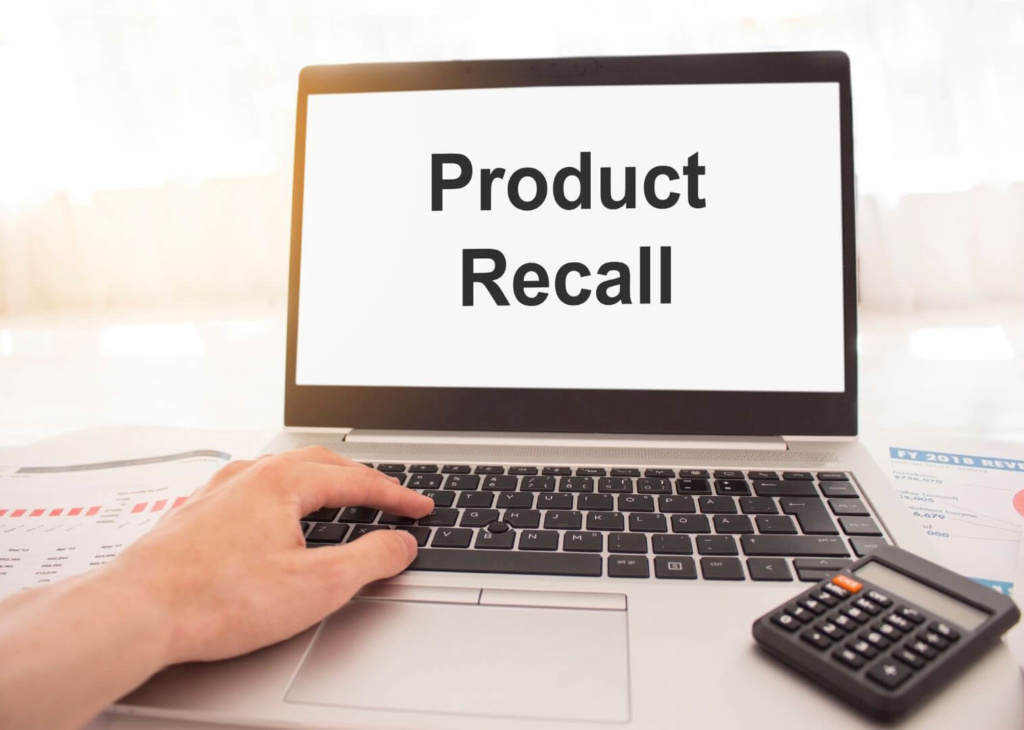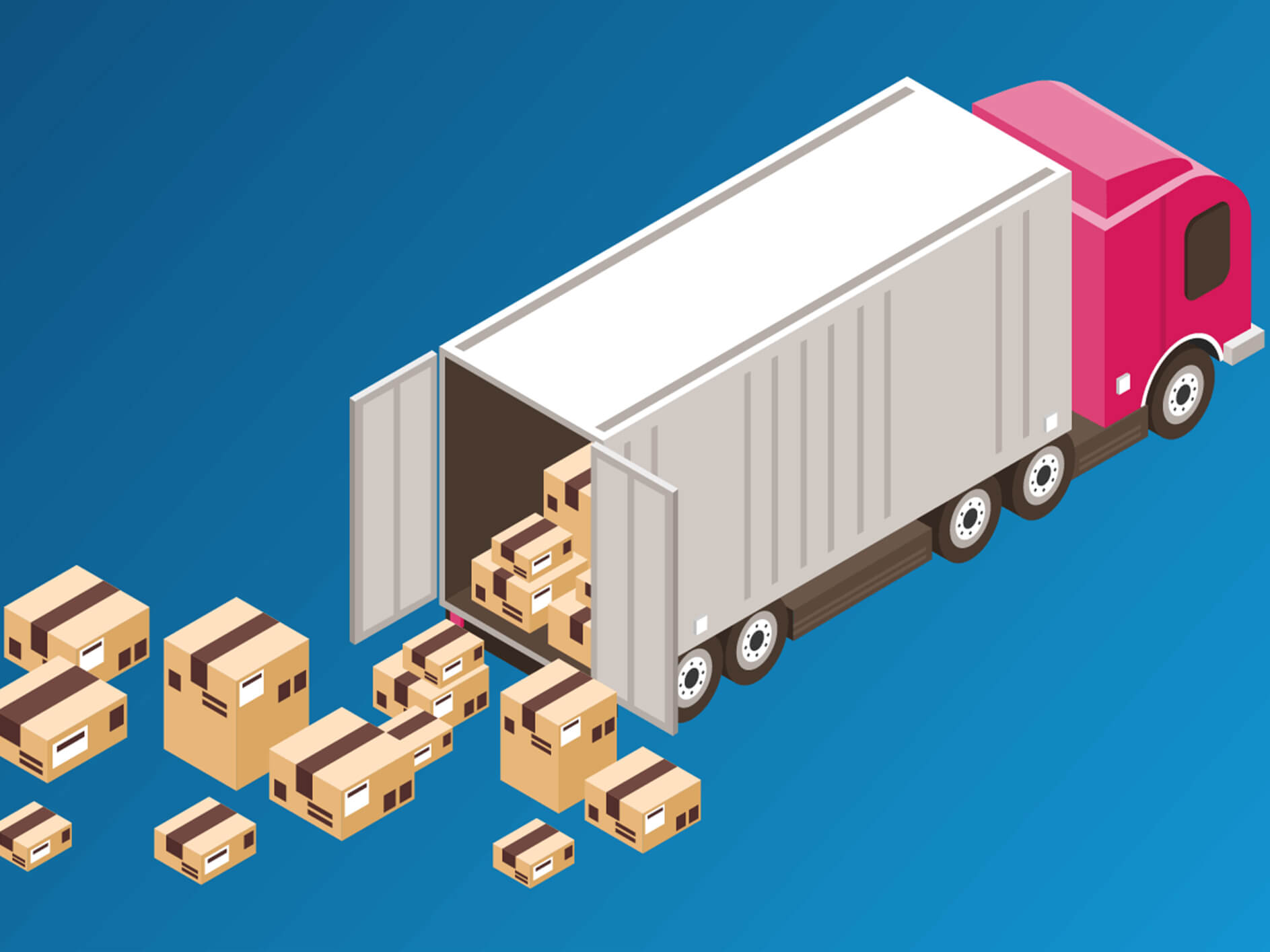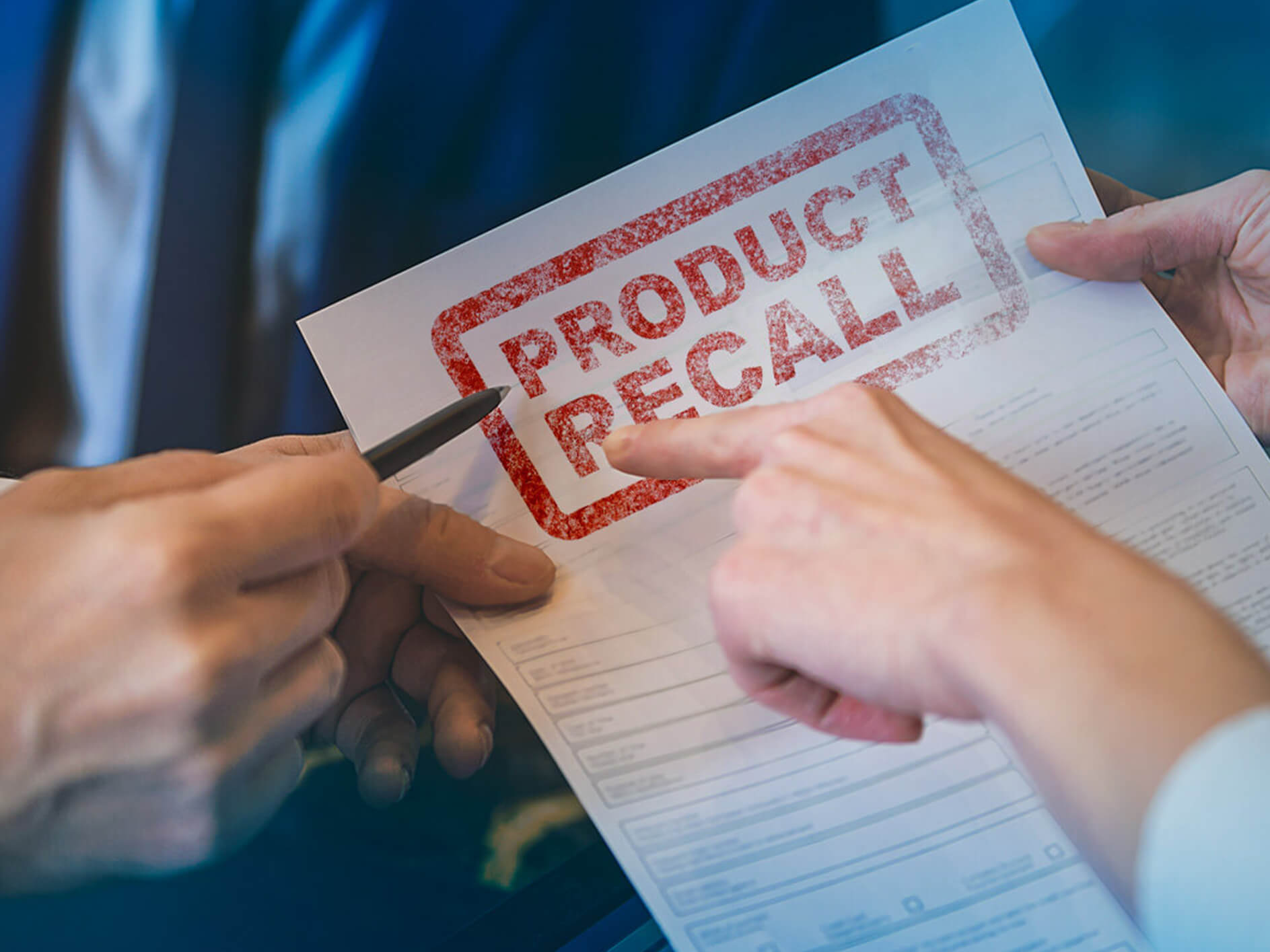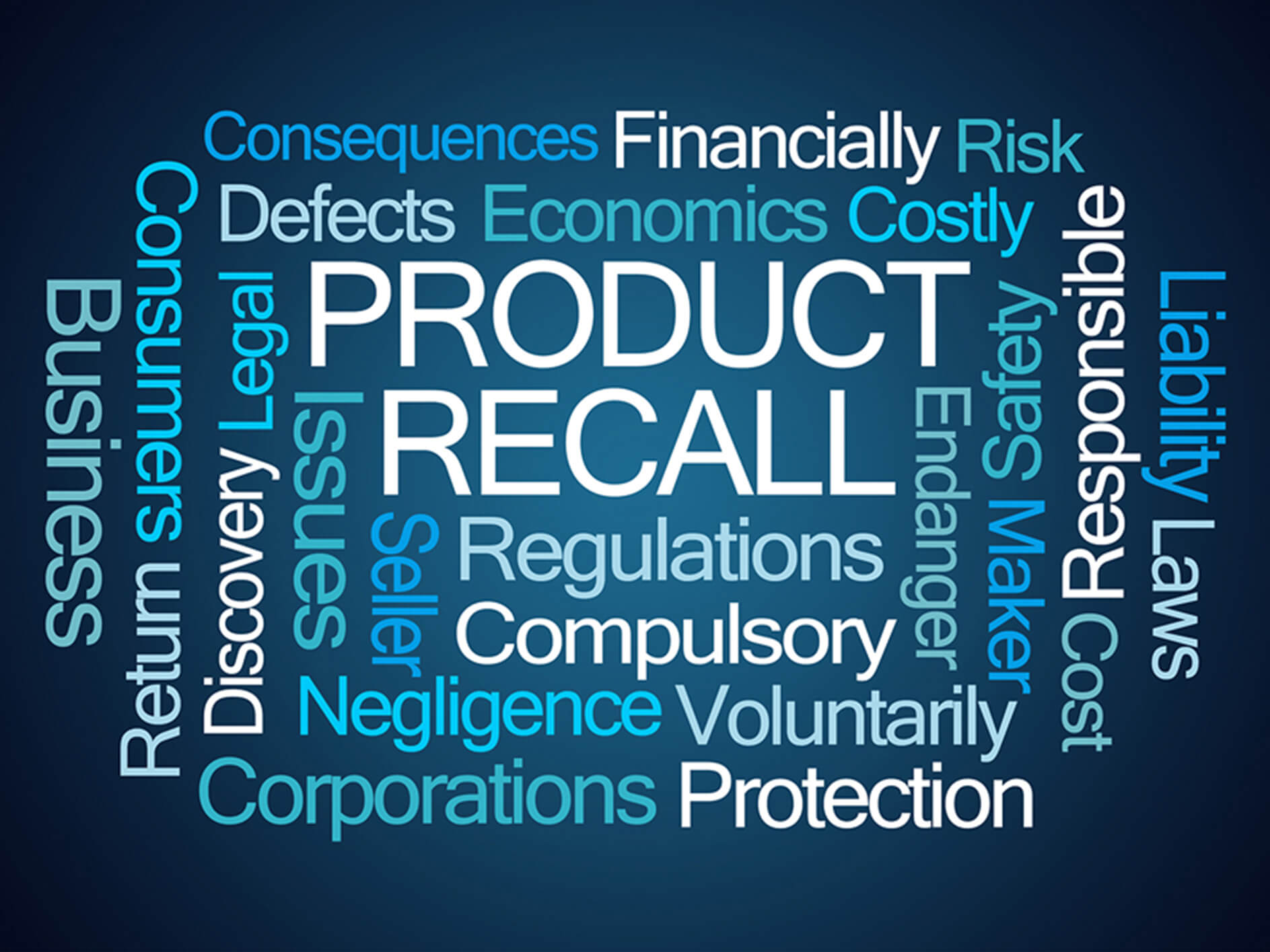4.6 451 Recenzii
CONTACT: 0040726715491
4.6 451 Recenzii
A product recall occurs when a manufacturer discovers a safety problem with their product that has the potential to cause harm to the consumer and, as a result, requests that the product be returned or removed from the market. This safety issue could already have caused damage or be a potential threat.
The manufacturer has a legal obligation to notify their regulator and the general public, including customers, suppliers and other interested parties, and to identify and quarantine the affected products. It must also determine the cause of the problem, including whether it resulted from faulty components or raw ingredients.
Fill out this form and we will call you as soon as possible.
Affordable prices
Prompt customer support
Full coverage
Custom offers
To understand the costs of a product recall, various costs must be considered. The process involves identifying the problem through internal or third-party testing, hiring specialists or consultants, closing facilities or suspending production, and cleaning, repairing, or replacing equipment. The recall itself includes consumer notification, transportation, storage, destruction or disposal of affected products, replacement of ingredients, materials or products, payment of per-store rates by merchants, overtime compensation of employees and management of crisis communication and public relations.
Experience and expertise
Leader Team Broker has extensive experience in the field of product recall insurance and a team of insurance specialists ready to offer consultancy and support in identifying the best solutions for your business.
Custom Cover
Leader Team Broker offers you flexible insurance options adapted to the specific needs of your business. They can help identify and assess the risks associated with product recalls and find the right policy to provide adequate financial protection.
Integrated Services
Leader Team Broker is not limited to insurance policy brokerage. They also offer risk management services, assistance during product recalls and counseling in crisis communication and public relations. Through them, you will benefit from full support and assistance in all aspects related to the withdrawal of products, in order to minimize the impact on your business.

A product recall insurance policy works by providing financial protection to a business in the event of a product recall. The policy covers the costs associated with the recall, including identifying the problem, performing the recall and managing the impact on the business.
![]() Rectification coverage: Cleaning, replacement and redistribution of products, as well as associated personnel costs.
Rectification coverage: Cleaning, replacement and redistribution of products, as well as associated personnel costs.
![]() Manufacturing error and product cyber security: Protection against critical safety errors that arise from production, software programming and coding.
Manufacturing error and product cyber security: Protection against critical safety errors that arise from production, software programming and coding.
![]() Malicious Tampering and Blackmail: Covering costs associated with recalling products due to malicious tampering or blackmail demands , including those made by cyber means.
Malicious Tampering and Blackmail: Covering costs associated with recalling products due to malicious tampering or blackmail demands , including those made by cyber means.
![]() Government actions: Covering costs associated with regulatory recalls even when there are no problems with the product .
Government actions: Covering costs associated with regulatory recalls even when there are no problems with the product .




Frequently asked questions about Product Recall:
1. What is a product recall and why does it occur?
A product recall occurs when a manufacturer discovers a safety issue with their product that has the potential to cause harm to the consumer and requests that the product be returned or removed from the market. The withdrawal takes place to protect consumers and to avoid any harm or potential threats.
2. What are the obligations of a manufacturer in case of a product recall?
A manufacturer has a legal obligation to notify their regulator and the general public, including customers, suppliers and other interested parties. Also, the manufacturer must identify and quarantine the affected products and determine the cause of the problem, including if it comes from faulty components or raw ingredients.
3. What does the product recall process involve?
The recall process may involve site inspections or closures, independent testing, consumer notification, transportation, storage, destruction or disposal of affected products, replacement of ingredients or materials, payment of per-store rates by merchants, and management of crisis communication and public relations.
4. What costs are involved in a product recall?
Product recalls involve various costs, including the costs of identifying the problem, hiring specialists or consultants, closing facilities or suspending production, cleaning, repairing or replacing equipment, transportation and storage costs, employee overtime compensation, and communication management costs. crisis and public relations.
5. How does a product recall affect business continuity?
A product recall can significantly affect a company’s financial situation, including its ability to pay staff, purchase raw materials or continue production. Also, there may be continued loss of sales or customers, canceled contracts, prolonged production interruptions and negative effects on the company’s brand and reputation.
6. What should consumers do in case of a product recall?
In the event of a product recall, consumers should check if the product they own is affected by the recall. This can be done by consulting the website of the manufacturer or the competent authorities, checking public notices or contacting the manufacturer directly. If the product is affected, consumers should follow the instructions provided by the manufacturer, such as returning the product or stopping its use if there are risks to health or safety.
7. What happens if a consumer has already used a withdrawn product?
If a consumer has already used a recalled product, it is recommended to consult a doctor or contact an emergency medical service, depending on the severity of the situation. It is important to provide complete information about the product and to follow the doctor’s advice and instructions regarding potential symptoms or effects.
8. How can a company regain consumer trust after a product recall?
Regaining consumer trust after a product recall can be a difficult process, but there are some steps a company can take. These include: providing clear and transparent information about product problems and measures taken to remedy the situation, providing appropriate compensation or solutions for consumers (such as refunds, product replacement or additional services), improving quality control processes and safety, performing additional tests and checks to demonstrate that the problem has been resolved and ensuring transparent and open communication with consumers.